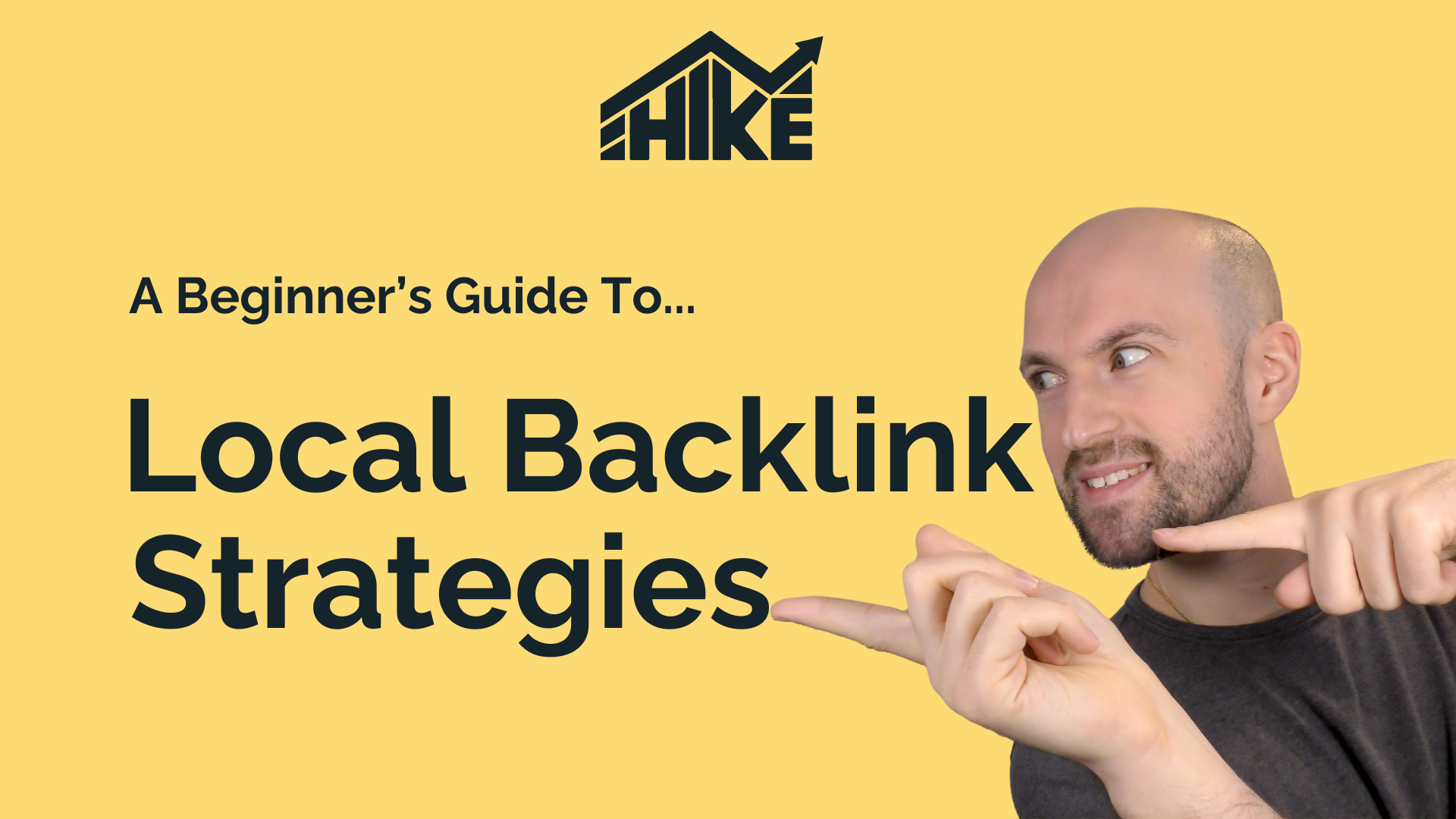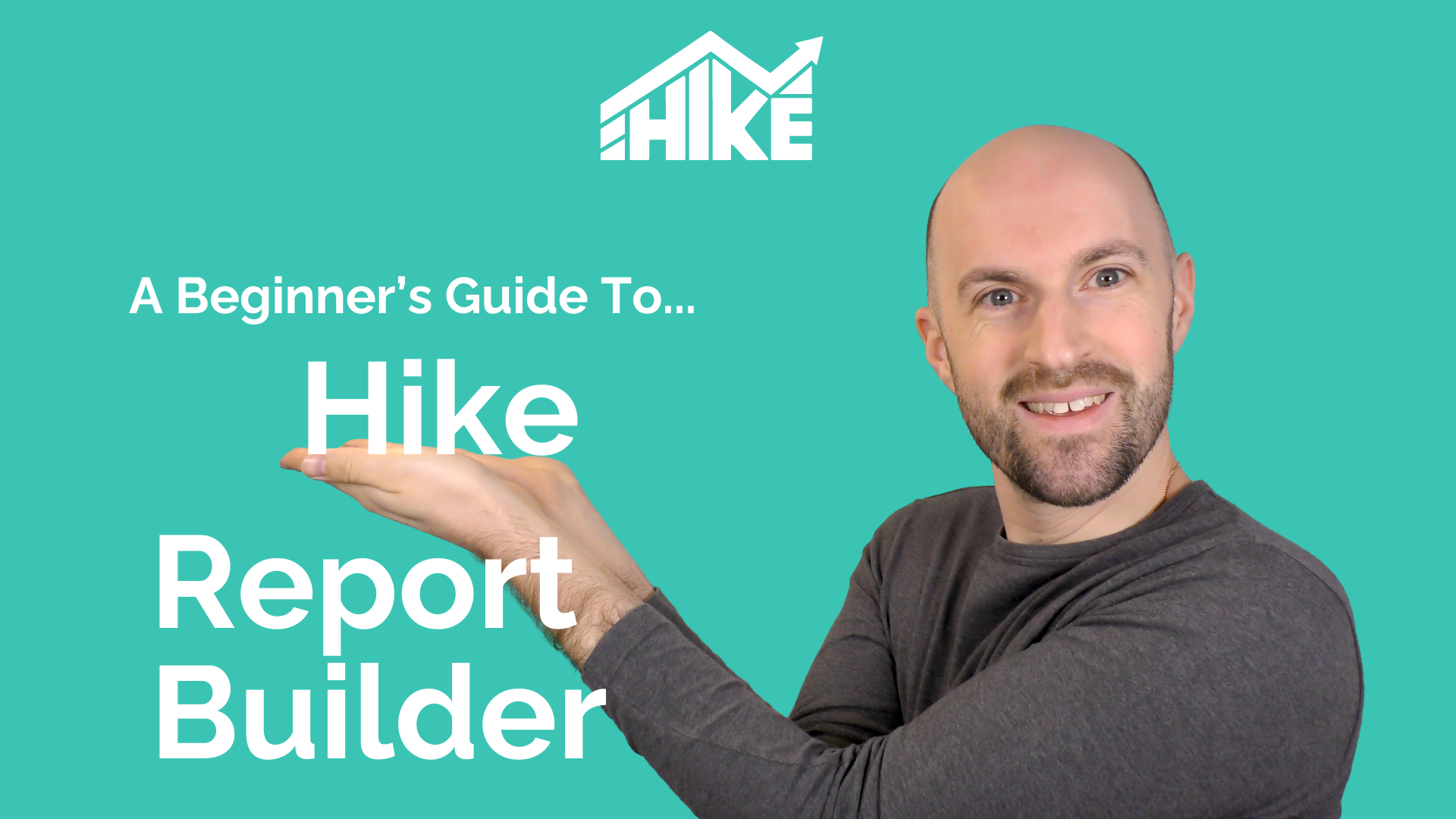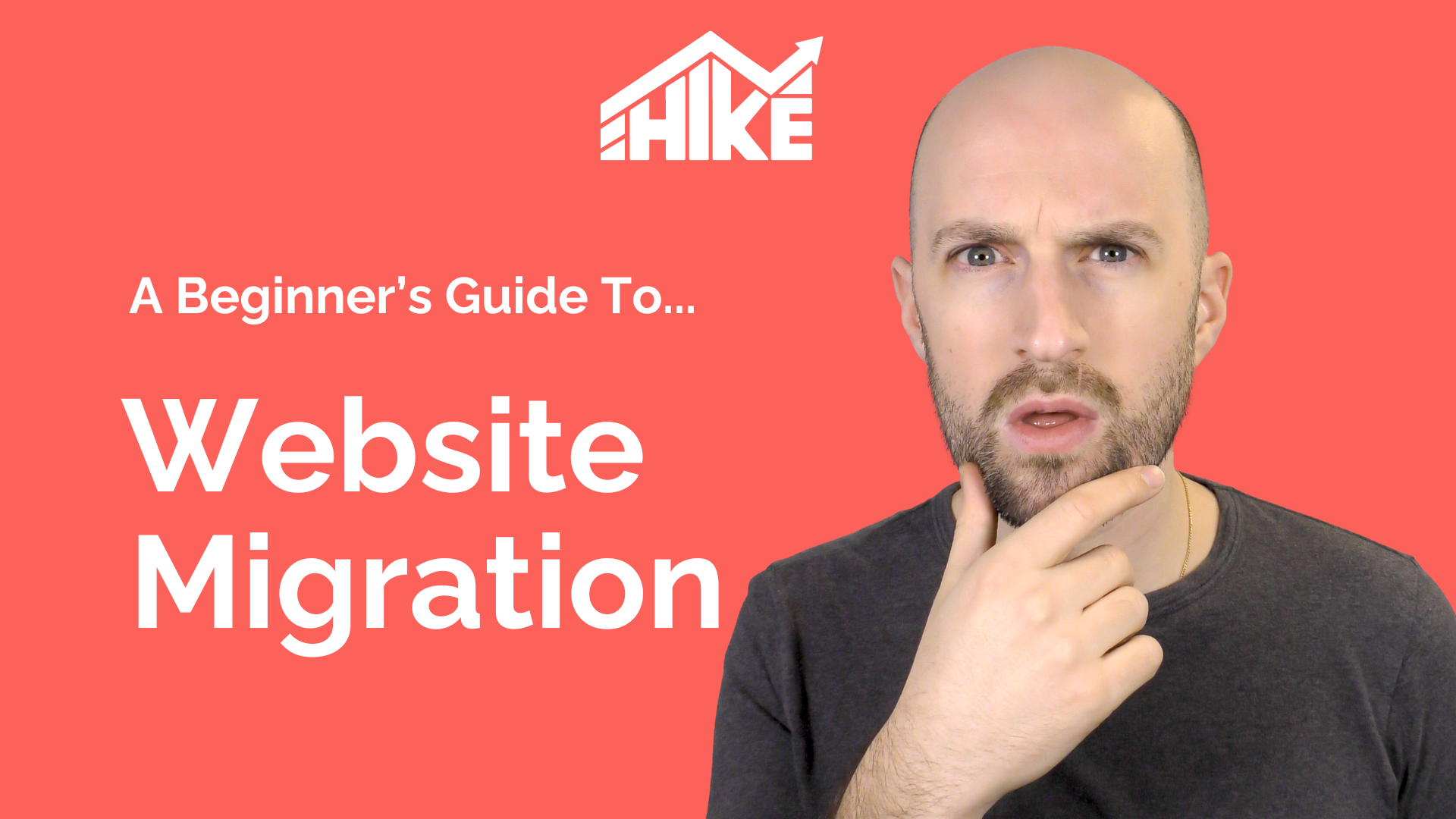In this comprehensive guide, we’ll be discussing international SEO and its importance for websites targeting multiple languages or countries. This guide is perfect for beginners who wish to learn more about international SEO and its benefits. Watch the video below, or read on to learn more.
International SEO is the practice of optimising your website for multiple languages and targeting multiple countries or locations. The goal is to increase visibility and search rankings in different languages and countries. Businesses that could benefit from international SEO are those looking to reach a larger audience within their current country or expand their business to new countries or regions.
The importance of international SEO lies in ensuring that the right content page appears in the right search engine based on its language and intended country. This helps avoid the risk of duplicate content, which can lead to keyword cannibalization and negatively impact search rankings. By implementing an international SEO strategy correctly, you can specify the intended audience for each piece of content, making it easier for search engines to understand which content to return for which language and location.
The benefits of international SEO include a higher audience reach and traffic in countries with multiple languages, increased search visibility and organic traffic, expanded business opportunities, and increased opportunities for backlink building. Furthermore, international SEO allows you to spot opportunities to fulfil gaps in search market demand, decrease page bounce rates, increase content engagement, and improve conversion rates.
To successfully implement international SEO, you’ll need to understand the following concepts:
- Country vs. Language: Consider that a country can have multiple languages, a language can be spoken in multiple countries, or a language may have different dialects across different countries.
- hreflang Tag: Introduced by Google in December 2011, the hreflang tag is a piece of code that can be used to specify the language of content or a language and country combination. This tag goes in the head section of a webpage and helps search engines understand the intended audience for the content.
- Canonicalization vs. hreflang: Canonicalization is a tool used to specify which page out of a set of duplicate or highly similar pages should be returned in search results, while hreflang is a tool used for international SEO to show which pages based on a specific language and/or country should appear in search results.
- International Search Engines: Understand and research the major search engines in the countries you’re targeting, as their popularity may vary.
- Website Structures: Learn how to structure your website for language, country, or both using combinations of ccTLDs, gTLDs, subfolders, parameters, and subdomains.
- Foreign Keyword Research: Conduct separate keyword research for each language and country to find high-value search terms and prioritise content creation accordingly.
- Machine vs. Human Translation: While machine translation can be helpful, human translation is the most accurate option and should be used whenever possible to preserve the meaning of the content.
- Translation vs. Localization: Translation converts copy from one language to another while preserving its meaning, whereas localization takes translation a step further by considering dialects, culture, and different words or spellings across countries or locales.
To get started with international SEO, you can use various CMS platforms and their associated international SEO plugins, such as WordPress, Shopify, Wix, Squarespace, and Joomla. Alternatively, you can also reach out to the Hike SEO support team for assistance in configuring your website and content for international SEO.
Finally, monitor your international SEO performance by tracking metrics such as keyword ranking, visibility in different countries, organic unique visits, average engagement rate, bounce rate, average time on site, conversion rate, percentage of returning visitors, and specific locations. Use Hike SEO to improve your international reach, translate or localise your content, and ask for help when needed.



